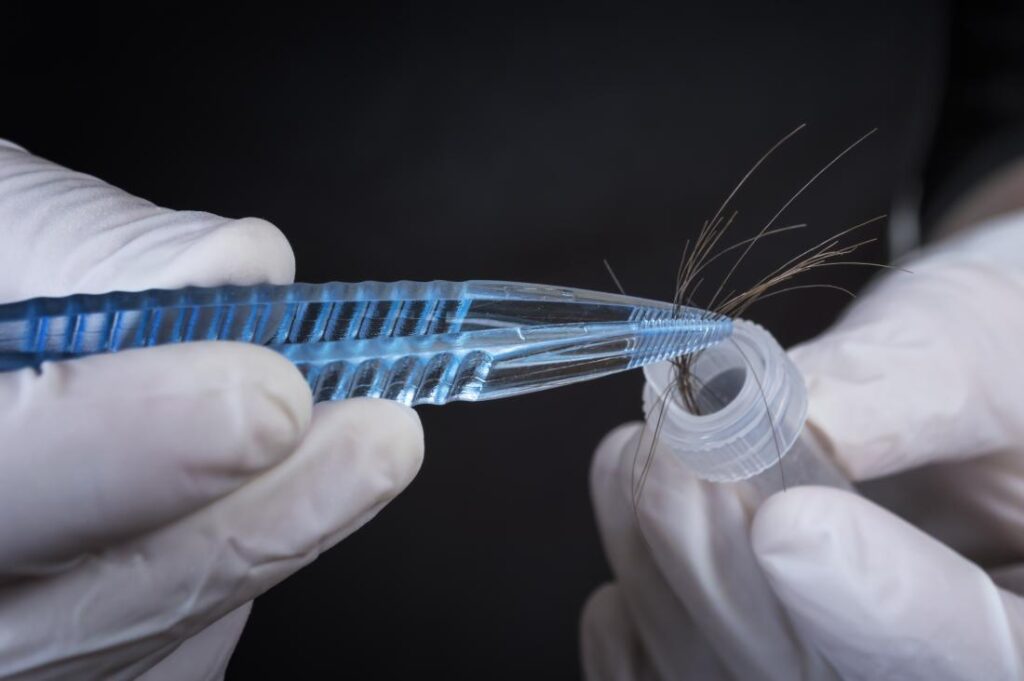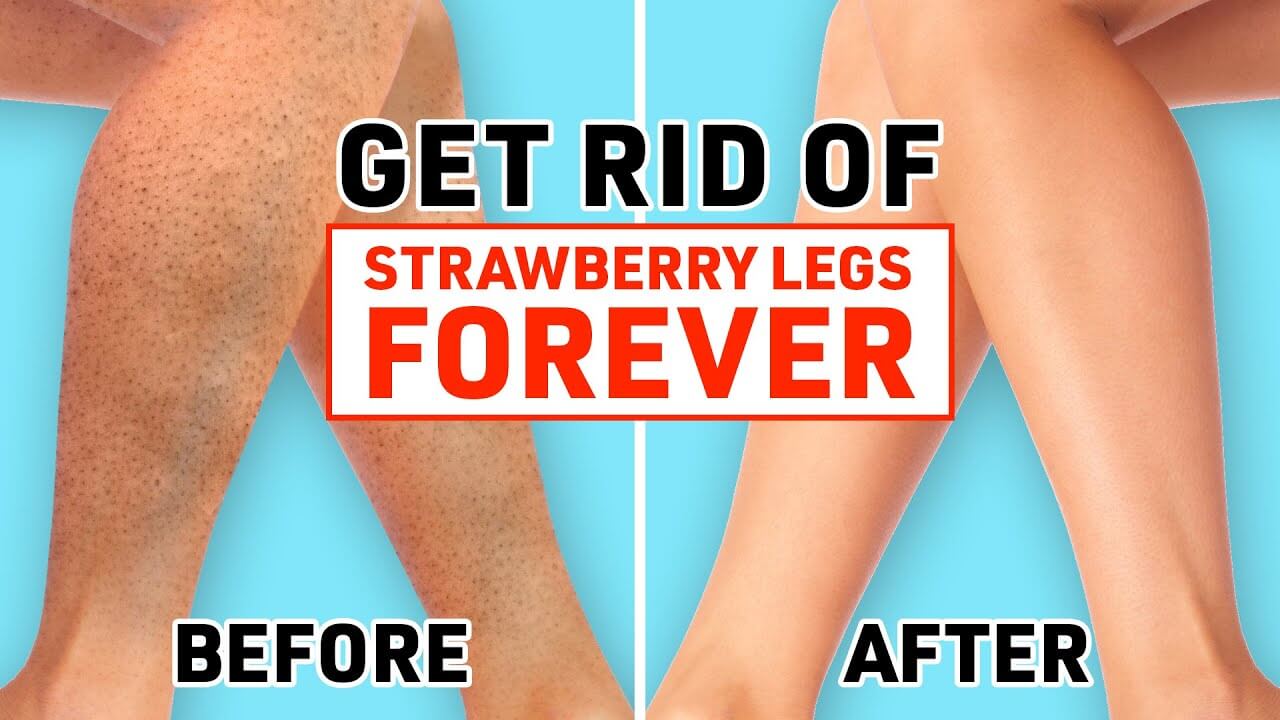Content Attributes
Have you heard of the hair follicle drug test? If not, it defines the process of checking for illicit drug use by using someone’s hair follicles. Hair drug test are getting popular and especially in health centers. Research shows that it is the most accurate and reliable test to detect marijuana and toxins in the human body.
However, many perceive it as the most challenging testing method to have ever existed. Using human hair as a specimen to detect toxic substances sounds impossible and impractical. Nevertheless, it’s true, and it works exceptionally.

Below are five of the critical things about this new drug testing method.
How Does Hair Follicle Testing Work?
Like the title suggests, a hair drug test involves hair samples extracted from the root of drugs and toxin detection. When someone uses drugs or any illicit substance, they get assimilated into the blood circulatory system.
Since every hair follicle has a vein attached to it, the drug components get conveyed from the blood into the hair follicle for blood circulation. So, when the hair follicle gets tested, the drug substance is easily detected.
Hair follicle testing gets done in a certified lab with adequate facilities for thorough professional analysis. Afterward, the results are forwarded to an approved MRO (Medical Review Officer) for a professional review before they get released to the patient.
Why is the Hair Follicle Test So Effective?
Even though it’s a new drug testing technique, experts consider it more effective than most other urine testing technologies.
However, for maximum effectiveness, the test must be administered by a certified technician. One of the most exciting upsides of the hair follicle testing method is that it picks up multiple illicit drug uses.
Meaning, if you took marijuana ten times in the past 90 days, this test would show it all.
Also, hair is the only sample required, making everything more accessible and less hassle with collecting the test samples.
The Detection Period
According to experts, the hair follicle testing technique has the most extended drug use tracing period. It can typically pick-up drug use for up to 3 months back. Now that’s quite incredible.
However, the accuracy will greatly depend on the type of drug used. Some hair samples can provide accurate data on when the drug intake took place.
They furthermore disclose if the usage has been discontinued or not, while others may offer inconclusive results. For accurate results, the technicians only use up to 1.5 inches of the hair specimen.
The Downsides of The Hair Follicle Drug Testing
They say everything must always have its drawbacks. Well, the hair follicle drug test technique is not an exception. It’s gaining popularity so fast but still comes along with some disadvantages like:
It’s Costly
Compared to urine drug tests, hair follicle tests are far much expensive. According to Healthline, hair follicle testing at-home kits cost will range somewhere between $64.95 -$85, while those performed in a professional laboratory will cost a minimum of $100.
It’s so expensive that if your employer requires you to do a hair follicle test, they have to pay for it.
Can’t Detect Recent Drug Use
It sounds contradictory, but it’s true. Sometimes the hair follicle drug test can pick up long-term drug use cases and fail to pick the most recent ones.
Time Consuming
For accurate results, hair drug tests result take up a lot of time. First off, time is spent on professional lab analysis. Before the results can be released to the patient, a Medical Review Expert must go through them for approval.
The Types of Drug Test Panels
There are different types of hair drug test panels accessible, contingent upon the substances you need to test. Some of these include:
5-Panel Hair Test
This only works for screening Cocaine, marijuana, opiates, Amphetamines, and Phencyclidine (PCP)
5-Panel Test with Expanded Opiates
This is used to test for the above substances, inclusive of Oxycodone and Oxymorphone.
7- Panel test
This is used to test for Cocaine, marijuana, barbiturates, amphetamines, and opiates.
9-Panel Test
It screens for opiates, marijuana, PCP, Cocaine, Methadone, Benzodiazepines, Propoxyphene, and Barbiturates.
12-Panel Test
This is the most comprehensive of all. It’ actually the most commonly used. It involves testing for marijuana, PCP, Cocaine, Amphetamines, Methadone, Benzodiazepines, Methadone, Benzodiazepines, and Propoxyphene.
14-Panel Test
This one includes testing for marijuana, Cocaine, opiates, Barbiturates, Benzodiazepines, Sufentanil, Fentanyl, Methadone, Tramadol, and Morpheridine.
17-Panel Test
This is designed for the most complex testing. It’s used to test for:
- Amphetamines
- Methamphetamines
- Benzodiazepines
- Barbiturates
- Methadone
- Opiates
- Tramadol
- Buprenorphine
- Synthetic Expanded Opiates
- Fentanyl
- Cocaine
- Marijuana
Other hair follicle testing types include the Date Rape Drug, Hair test EtG Alcohol, and vaping hair panel.
Conclusion
When preparing for the hair follicle drug test, wash your hair with shampoo thoroughly to eliminate any contaminants that may affect the results. These tests can be done at home or in a drug testing center. Because of the test’s reliability, it is cheating while testing at home is practically impossible.



